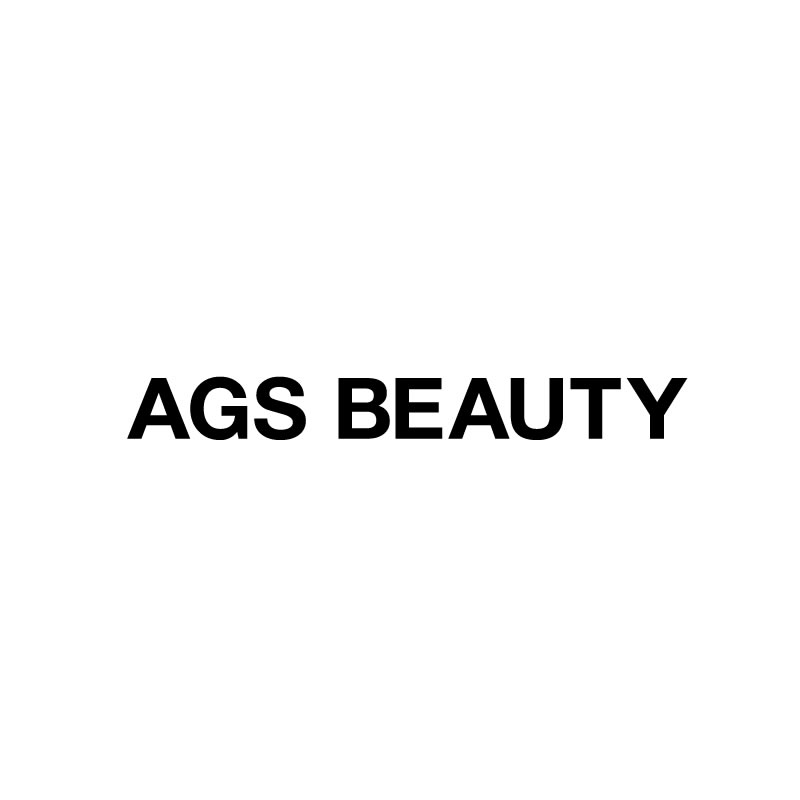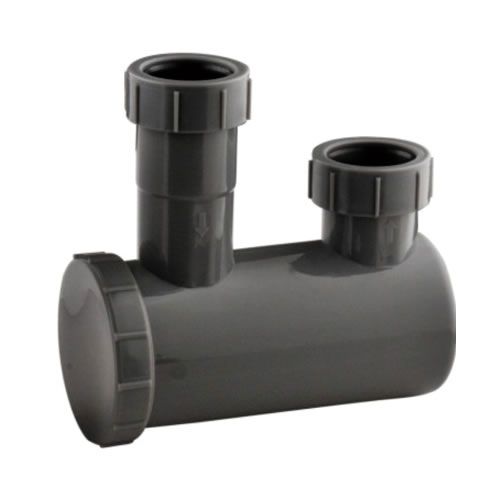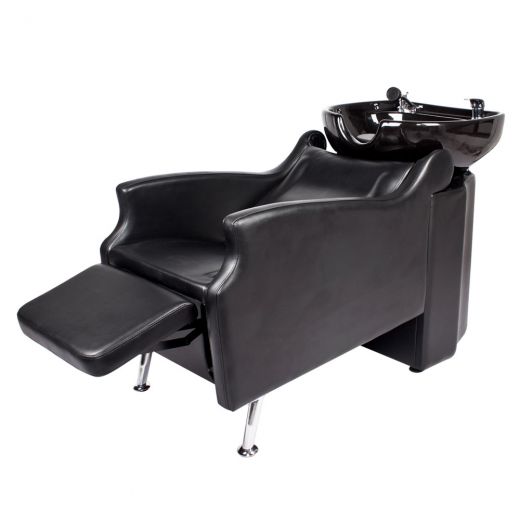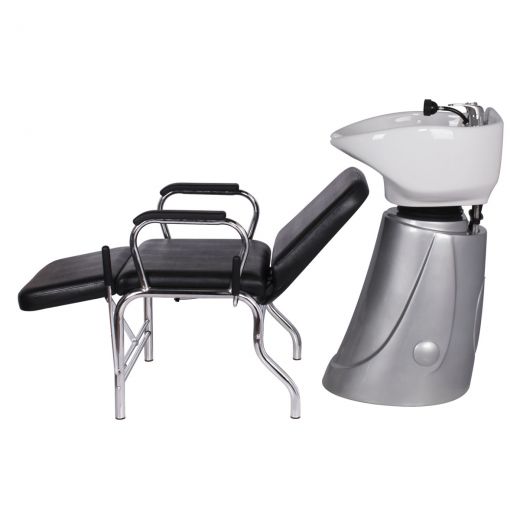What to Know About Shampoo Bowl Installation
Installing a Shampoo Bowl Isn’t Glamorous—But It’s Where Salons Are Made or Broken
So, you’ve found the perfect shampoo station. Sleek lines, plush chair, deep bowl. You can already see your clients sighing into it, hair wet, eyes closed. But none of that matters if the plumbing goes sideways.
Because this isn’t about aesthetics anymore. It’s about infrastructure. The shampoo bowl is where style meets sewage. And if you don’t handle installation right, you’ll end up with flooding, failed inspections, or worse—a reputation for being the salon where “the sink gurgled weird and water dripped on my purse.”
Here’s what you actually need to know—before a single wrench turns.
Step One: Planning Like You Mean It
Most installation problems don’t start with bad plumbing—they start with bad prep. Misjudged space. Wrong plumbing access. Fantasy over floorplan. You can’t just want the bowl. You have to make space for it.
Measure Like You’re Building a Set, Not a Shed
It’s not enough to know your shampoo station’s dimensions. You need to account for clearance on all sides—recline range, stylist movement, drawers opening. If the stylist has to shuffle sideways every time they rinse, you’ve built a frustration, not a workspace.
Understand Your Plumbing Reality
This is the part most salon owners skip—and pay dearly for. Shampoo stations come in three plumbing configurations: rear-entry (wall), bottom-fed (through floor), and side-entry. If your dream unit doesn’t match your actual water and drain lines, congratulations—you just bought yourself a remodel. Read the product specs before you fall in love.
Know the Code, or Pay the Fine
Plumbing codes vary, but one thing doesn’t: ignorance won’t save you from violations. Local laws might mandate vacuum breakers, certain trap styles, even faucet backflows. A good plumber will handle the details, but smart salon owners come to the table with awareness. You don’t need to be a code expert—but you should at least speak the language.
The Invisible Parts That Actually Matter
It’s not the bowl that keeps your salon safe. It’s the stuff underneath and behind it—those less glamorous components that no client ever sees, but every inspector checks.
The Vacuum Breaker: Your Legal Lifeline
This is non-negotiable. A vacuum breaker prevents dirty bowl water from siphoning back into your building’s clean water supply. It’s not just smart—it’s required in almost every jurisdiction. If your bowl doesn’t come with a UPC-certified one, you’ll need to install it separately. Skipping this isn’t just cutting corners—it’s inviting fines and potential closures.
The Hair Trap (a.k.a. The Plumbing Savior)
Hair, conditioner, bobby pins, mystery gunk—without a proper trap, they’re going straight into your pipes. A P-trap with a clean-out or integrated hair catcher keeps your drains flowing and your plumber from becoming a recurring character in your life. Don’t be the salon that has to snake the sink every six weeks.
Faucet & Sprayer: Not All Hoses Are Created Equal
You’d be shocked how many “professional” shampoo stations come with garbage fixtures—low-pressure sprayers, hoses that kink, valves that leak after three months. If your faucet feels flimsy on day one, it will betray you by day ninety. Upgrade if needed. Your stylists will thank you. So will your water bill.
Hire a Plumber. A Real One.
You wouldn’t let an amateur cut hair with craft scissors, so don’t let a “handy cousin” handle your plumbing. Licensed plumbers don’t just make things function—they make sure your installation passes inspection, holds up under daily use, and doesn’t flood your floor the moment you turn your back.
Yes, it’ll cost more than a DIY weekend. But so do water damage repairs, plumbing violations, and lawsuits from slipped clients. A professional installation is the insurance policy your business deserves. Pay once, sleep better.
This is the part of salon ownership no one talks about. No mood boards, no curated Pinterest pages. Just water, gravity, pressure, and responsibility. But the truth is, your salon’s aesthetic doesn’t matter if the foundation leaks.
Do it right the first time. Because once a client hears a gurgle from beneath their chair, the illusion is gone.
Essential Gear for a Perfect Installation
Here are some of our top-selling stations and the crucial components you'll need for a proper setup.

The Must-Have: UPC Certified Vacuum Breaker & Faucet Set
This is the most important component for a code-compliant installation. This kit includes the faucet, sprayer, and the essential UPC-certified vacuum breaker to ensure the safety of your water supply.
View the Fixture Set →
The Clog Preventer: Hair Trap for Salon Shampoo Bowls
An absolute necessity for any salon. This easy-to-install hair trap catches hair and debris before it can cause expensive plumbing blockages, saving you from future headaches.
View the Hair Trap →
The Complete Package: "MISSISSIPPI" Shampoo Backwash Unit
This unit is a perfect example of a station designed for easy installation, with straightforward access for plumbing connections. It combines comfort, style, and practicality.
View the MISSISSIPPI Station →
The Compact Solution: "PACIFIC" Shampoo Bowl and Chair Combo
Ideal for salons where space is a premium. The compact design of the "PACIFIC" allows for flexible installation while still providing the full functionality of a professional backwash unit.
View the PACIFIC Combo →
The Finishing Touch: Supreme Quality Shampoo Bowl Neck Rest
Once your bowl is installed, don't forget the final detail. A high-quality neck rest ensures your clients are comfortable and can fully relax during their shampoo service.
View Neck Rests →
